Medical marijuana offers incredible benefits to those who use it. It has allowed countless individuals to live a normal life, despite suffering from serious medical conditions. Patients can reap the plant’s medicinal benefits through varying methods of consumption, such as smoking it or incorporating it into food and drinks. A patient’s preferred way to use medical marijuana can be just that, a preferred way, or it can be because of a medical need. Some patients have symptoms that need immediate relief, such as nausea. In that instance, smoking could be their first choice, since smoking provides instantaneous effects. A patient using medical marijuana for their chronic pain might prefer a topical marijuana application in order to target the specific area where they have pain.
The way a medical marijuana patient chooses to consume their medicine is a decision only they can make. It is important to compare the pros and cons of each method of consumption. That way, a patient can make an educated decision on what best fits their circumstances.
Smoking
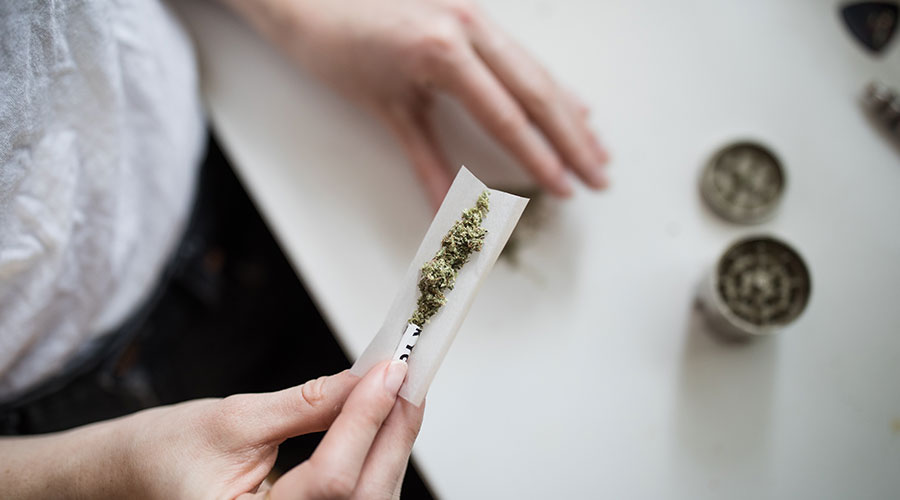
Smoking is usually the first method of consumption people think of when they think of marijuana. Smoking marijuana provides instantaneous effects — it allows those with symptoms that need immediate resolve to find relief. Those who suffer from nausea or a lack of appetite can smoke cannabis to immediately ease their symptoms. This is because the medicine goes directly through the lungs and into the bloodstream. A patient that suffers from debilitating panic attacks might also opt for smoking as their method of consumption in order to quickly soothe their attack. The price point for flower varies, but typically patients can purchase a gram from between $5-$20 from a medical dispensary. Cannabis flower is the easiest product for patients to get their hands on. Not only can you walk into any medical dispensary and find it, patients can grow their own marijuana plants at home, depending on their state’s laws. There are varying opinions on whether or not smoking marijuana causes lung damage like smoking cigarettes, which would be a potential downside to this method of consumption.
Vaporizing
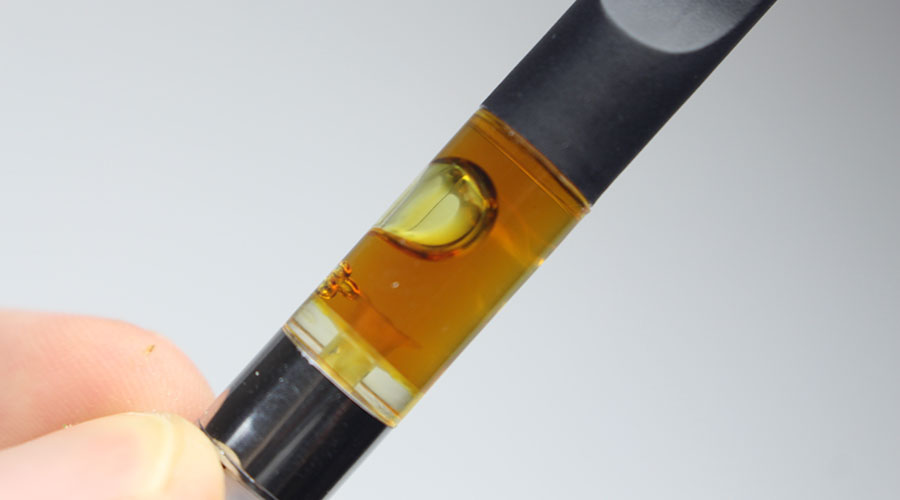
Vaporizing marijuana is another great choice for those who require instant relief. The key difference between vaporizing and smoking is that vaporizing does not heat the plant matter to the point of combustion. As a result, vaporizing marijuana has been said to come without many of the potentially harmful side effects of smoking. Those who choose to vaporize can choose between vaping dry flower or concentrates. Dry flower runs from between $5-$20 a gram as mentioned above, while concentrates can run between $30-$70 per cartridge. Typically, vape cartridges are sold in one gram vials and contain three grams of dry flower as a concentrated extract. Those who have a medical marijuana card can purchase vape cartridges or dry flower at their local medical dispensary, state law permitting.
Edibles
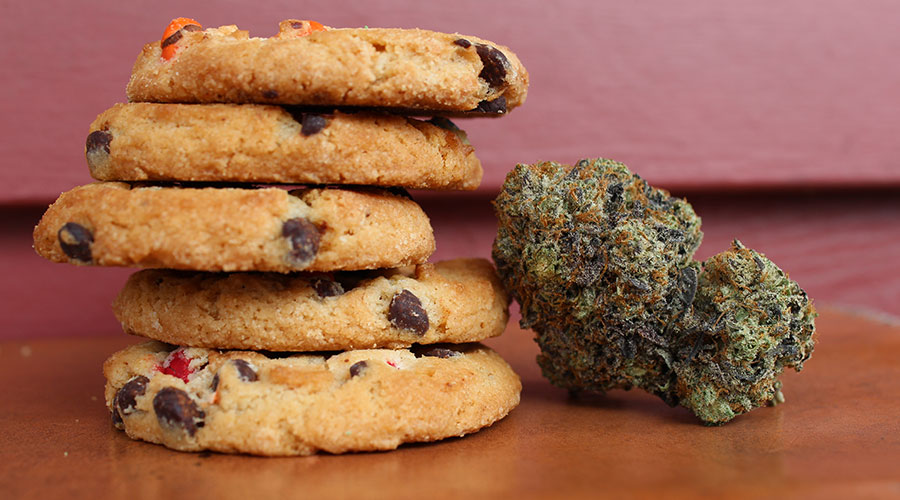
Everyone has heard of pot brownies. But did you know that medical marijuana can actually be infused into almost any food or beverage? Those who do not like smoking or the taste of marijuana might opt for an edible. Cannabis is fat-soluble, meaning that its cannabinoid compounds will break down and dissolve within fats. There are typically no health risks associated with edible consumption, although some people find they can be too strong if not dosed properly. It can take from a half-hour up to an hour for edibles to kick in, so some patients find it hard to gauge their dosage. Most medical dispensaries carry some kind of edibles, so patients can easily purchase them with the proper identification. The price for edibles vary, but generally range from $5 all the way to $100 depending on the ingredients and amount of marijuana contained in it. Patients can also opt for buying marijuana flower and making their own edibles at home.
Juicing Cannabis
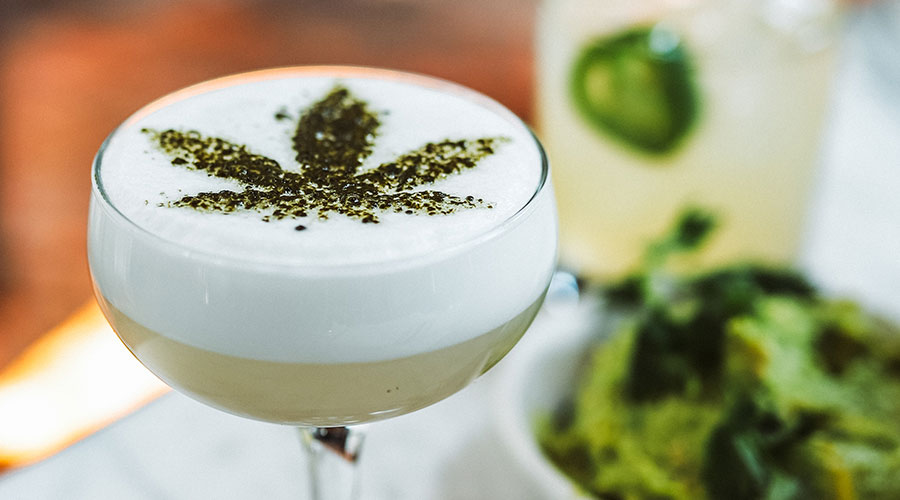
Juicing cannabis is a less common method of consumption. With juiced cannabis, rather than heating the plant matter to convert the THCa into psychoactive THC, it is recommended to use raw plant matter. This way, far more of the medicinal properties are retained. While it provides the medical patient with useful vitamins and minerals, consuming juices raw cannabis will not get someone high. Juiced cannabis can prevent health issues before they even arise because of the high vitamin content and antioxidant properties. Accessing raw cannabis to juice is easy. Simply visit your dispensary to purchase some cannabis flower, and juice it at home. A better alternative is to use marijuana that you have grown at home, as juicing provides a great way of using up those excess fan and sugar leaves. Pre-made cannabis juices are also available on the market, although they can sometimes be difficult to source.
Topicals
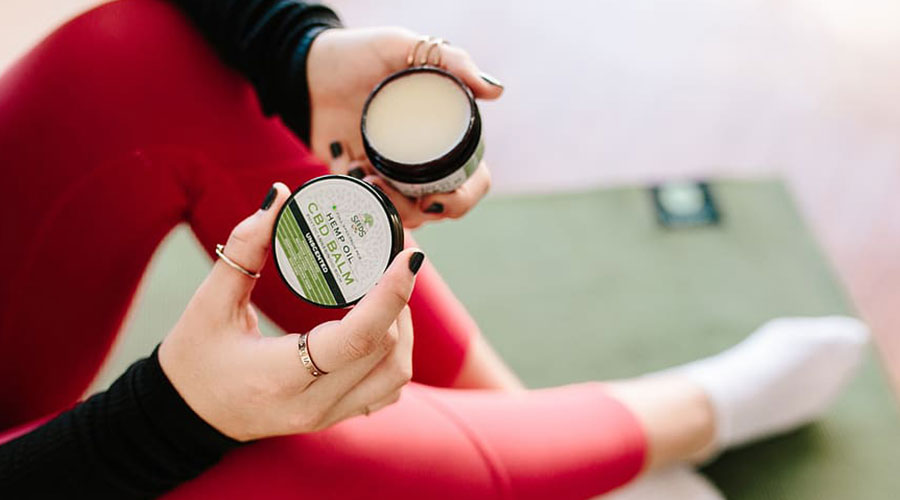
Topicals are typically used by those with chronic pain and body inflammation. The topical method allows patients to apply the medicine on any part of their body, targeting the specific area of pain. Marijuana topicals usually come as a salve, lotion or transdermal patch. Users can typically find relief in minutes, and it usually lasts anywhere from a few hours to a few days depending on the topical’s strength and the patient’s pain level. Topicals are fairly easy to purchase because a lot of topicals are made of CBD only, which unlike THC is legal on the federal level. CBD-only topicals can be bought online or even in your local health food store. If you are looking to purchase a topical with THC too, you’ll need to visit your local dispensary. There are no known health risks associated with topical cannabis application.
Sublingual Consumption

Patients can choose to consume marijuana sublingually, which means an oil or tincture held under the tongue. CBD oil is a product that is commonly taken marijuana sublingually, and like CBD topicals it is legal on the federal level. This means anyone can purchase a CBD oil online or at a local CBD or health food store. If a patient is looking for an oil that contains THC, they’ll have to be a certified patient in their state and visit a dispensary to obtain it. The sublingual method of consumption is ideal for those who need their medicine on the go. It is discrete, quick and portable. Those who opt for the sublingual method of consumption can usually feel the effects within a half hour. Because the oil or tincture is ingested and metabolized in the liver, it does lose a part of its bioavailability. There are typically no other health risks associated with the sublingual method of consumption.
—
What is your preferred method of marijuana consumption, and why? Do you have different preferences of consumption for different symptoms?

